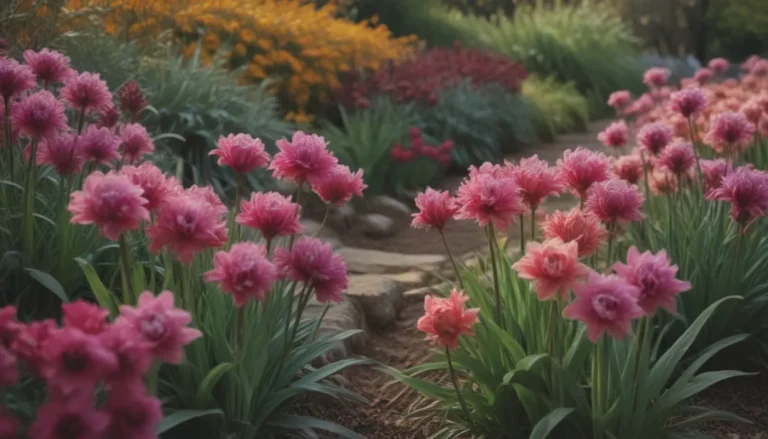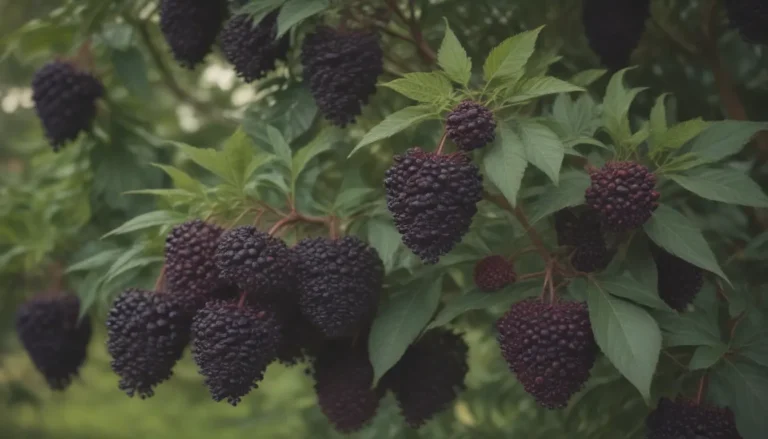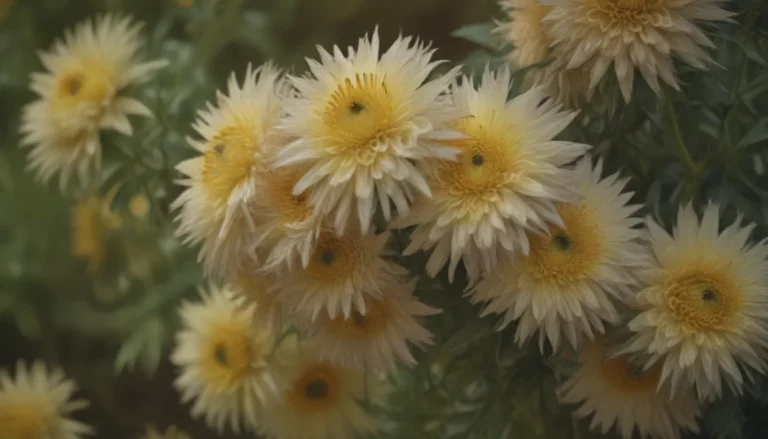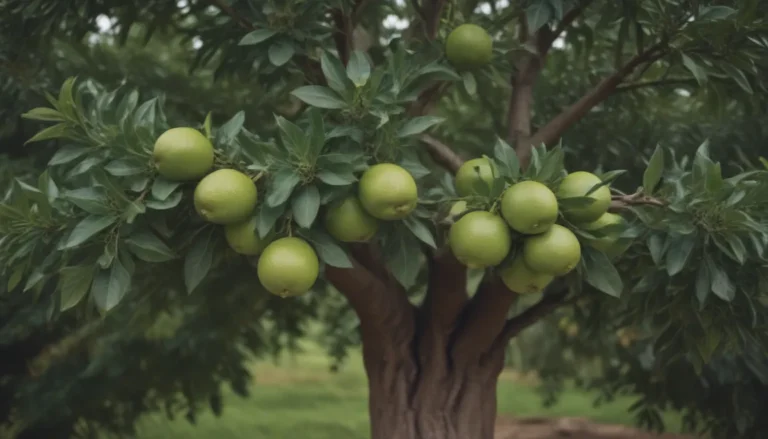Ultimate Guide to Growing and Caring for New York Ironweed
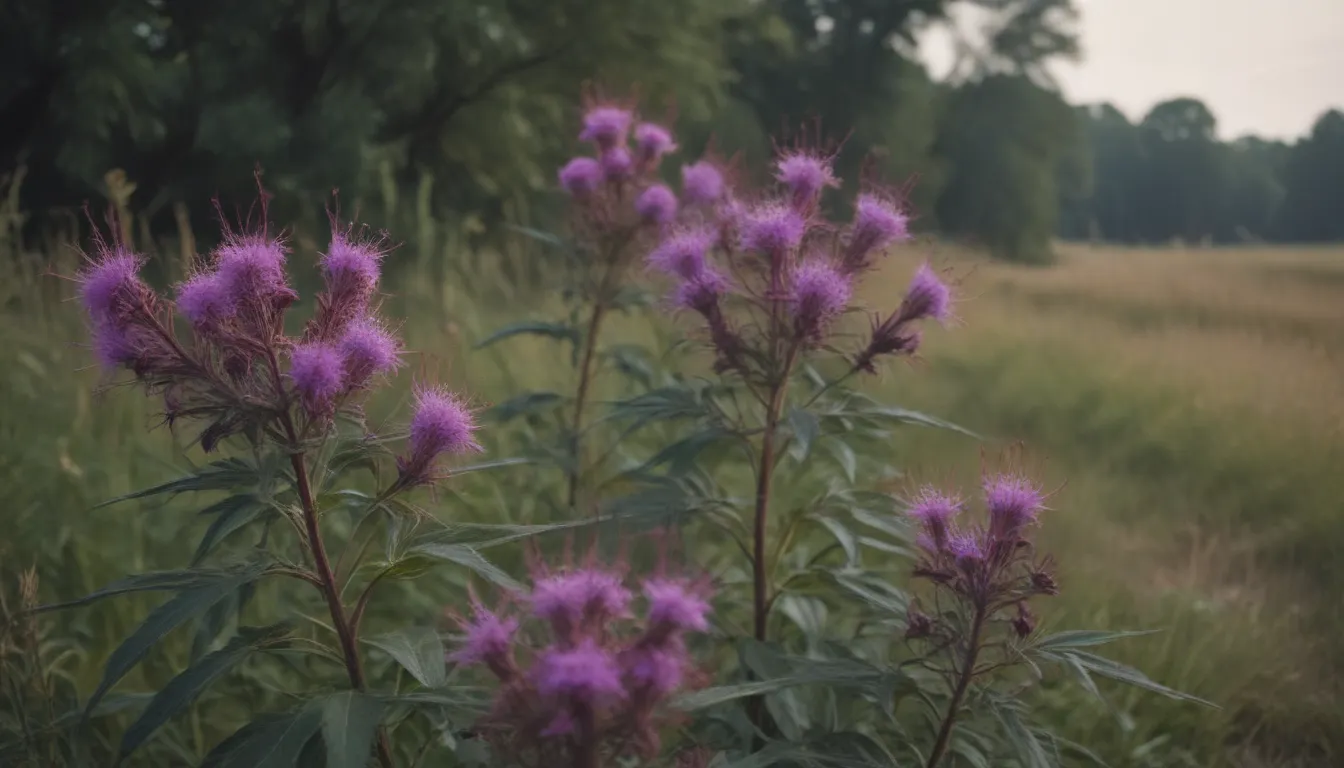
Are you looking to add a touch of native beauty to your garden? Look no further than New York ironweed (Vernonia noveboracensis), a stunning perennial wildflower native to the eastern and southeastern United States. With its towering height and vibrant purple flowers, this plant is sure to attract butterflies, bees, and other pollinators to your yard.
In this comprehensive guide, we will walk you through everything you need to know to successfully grow and care for New York ironweed in your garden. From planting to propagation, we’ve got you covered with all the tips and tricks you need to keep your ironweed healthy and thriving. So grab your gardening gloves and let’s get started!
Getting to Know New York Ironweed
Before we dive into the care instructions, let’s learn a bit more about New York ironweed and why it’s such a popular choice for wildflower gardens. Here are some key points to know about this impressive plant:
- Height: Can grow up to 7 feet tall, adding a dramatic element to your garden.
- Habitat: Thrives in wet meadows and pastures, streambanks, low-lying woods, and marshes.
- Blooms: Produces beautiful purple flowers that attract pollinators during the growing season.
- Propagation: Can be grown from potted nursery starts or direct-sown seeds, with some plants blooming in their first season.
New York Ironweed Care Tips
Growing New York ironweed is relatively easy, as this plant is hardy and resilient. Here are some essential care tips to help your ironweed thrive in your garden:
Light
- Prefers full sun, but can tolerate partial sun.
- Requires at least four hours of direct sunlight daily, with more sun being better.
Soil
- Adapts to various soil types, but thrives in moist, loamy soil with a slightly acidic pH.
- Avoid extremely dry or barren soil, as ironweed prefers moisture.
Water
- Needs at least 1 inch of water per week, but can tolerate more.
- Thrives in boggy, poorly draining soils that other plants struggle in.
Temperature and Humidity
- Tolerates heat and humidity within zones 5 to 9.
- In arid climates, may require additional watering to maintain soil moisture.
Fertilizer
- Generally does well without additional fertilization.
- Consider adding compost as a top-dressing in the spring for a nutrient boost.
Types of Ironweed to Consider
In addition to New York ironweed, there are several other species in the Vernonia genus that make excellent garden plants. Here are some varieties to explore:
- Vernonia gigantea ‘Jonesburo Giant’
- V. angustifolia ‘Plum Peachy’
- Vernonia lettermannii “Iron Butterfly”
- Vernonia “Summer’s Surrender”
- Vernonia “Summer’s Swan Song”
When selecting ironweed plants, pay attention to the botanical names to ensure you get the right species for your garden’s needs.
Pruning and Propagating New York Ironweed
Maintaining New York ironweed is relatively low-maintenance, but here are some tips for pruning and propagating your plants:
- Pruning: Deadhead spent flowers to limit self-seeding and cut down plants to ground level at the end of the growing season.
- Propagating: Divide plants every three to four years to promote healthy growth and create new plants for propagation.
Growing New York Ironweed From Seed
If you’re interested in starting New York ironweed from seed, here are some tips for success:
- Direct Sowing: Plant seeds in the fall or spring directly into the garden soil.
- Transplanting: Consider transplanting wild specimens, but be mindful of the plant’s aggressive spreading tendencies.
Common Issues and Troubleshooting
While New York ironweed is a relatively trouble-free plant, here are some common issues you may encounter and how to address them:
- Rapid Spread: Monitor for aggressive spreading, especially in moist areas, and be prepared to control root expansion.
- Stunted Growth: If plants are unusually short, increase watering and ensure proper soil conditions for optimal growth.
Enhancing Your Garden With New York Ironweed
New York ironweed is a versatile plant that can enhance a variety of garden settings, including:
- Wildflower Gardens
- Butterfly Gardens
- Meadows and Prairies
- Perennial Borders
Pairing ironweed with other fall-blooming flowers like Joe Pye weed and goldenrod can create a beautiful display of native blooms in your garden. Plus, ironweed’s deer-resistant properties make it a practical choice for areas prone to browsing wildlife.
In conclusion, New York ironweed is a fantastic addition to any garden, providing beauty, pollinator support, and low-maintenance care. By following these tips and guidelines, you can enjoy the stunning blooms of ironweed season after season. Happy gardening!
